The rise of electric vehicles
It’s clear that the future of transportation is moving toward electric. Global sales of electric vehicles are increasing every year, and governments around the world are investing heavily in EV infrastructure. This shift is not just a trend — it's a transformation that's impacting workplaces as well.
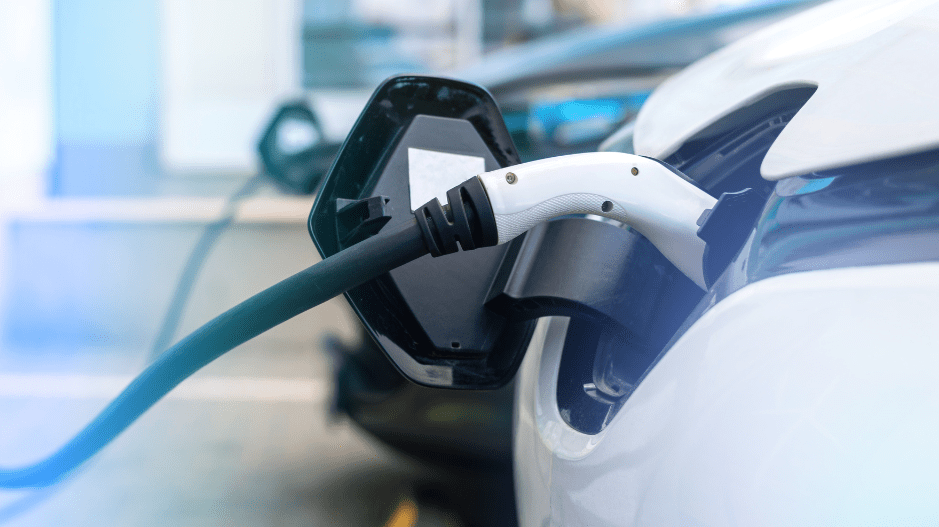
As more people switch to electric cars, your employees may be among them — and they’ll likely expect access to charging facilities at work. According to our research, 34% of EV drivers already charge at work, and another 27% would do so if it were available. That’s a strong indicator of interest.
But how does this general trend translate to your specific workplace? In this article, we'll explore ways to evaluate the demand for EV charging at your company and explain how it fits into the broader movement toward sustainable mobility.
Why offering EV charging matters

Offering EV charging isn’t just about sustainability — it can also improve employee satisfaction and encourage more people to come to the office. Workplaces are one of the most common places where EV drivers charge their vehicles.
While EV charging stations offer many benefits, they also require a significant investment. Before making a decision, it’s wise to understand the actual demand from your workforce and how it aligns with your long-term goals.
How to assess the need for EV charging at your workplace

Understanding employee commuting habits
The first step in evaluating whether EV charging makes sense for your workplace is to understand how your employees travel to work. Are they working fully on-site or in a hybrid model? How often do they come into the office?
Also, consider how many of your employees drive to work. A simple way to gauge this is by looking at your parking lot usage or requiring parking permits for those who drive. Another key factor is how many of them own an electric vehicle. You can estimate this by observing the types of cars in the lot, or by conducting a quick survey.
By understanding these patterns, you can better decide whether investing in EV charging is worthwhile.
Gathering feedback from employees and stakeholders
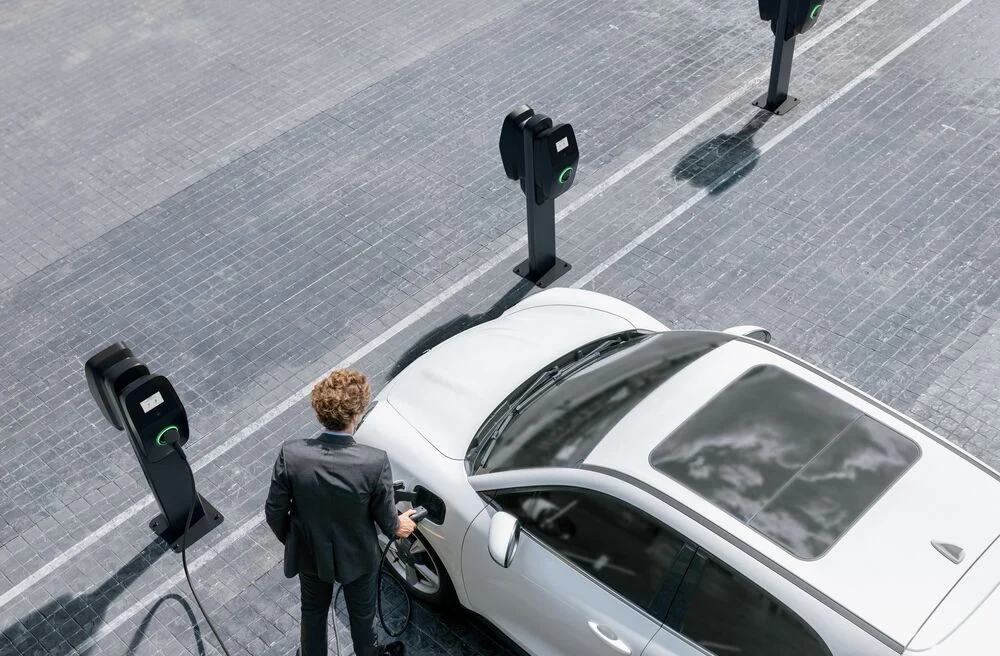
Even if only a small percentage of your employees currently drive an EV, the trend is growing. Many people may not have one now but could in the future. Factors like lack of home charging options or apartment restrictions can influence their decision to switch to electric.
That’s why it’s important to ask the right questions when surveying your staff. Not only will this help you understand current needs, but it can also highlight future opportunities for your workplace to support electric mobility.
Do they have an EV or would they consider getting one?
Ask your employees if they currently own an EV or if they’re considering purchasing one. It’s also helpful to include questions about trends in EV adoption, upcoming models, and government policies that may affect their decision to go electric.
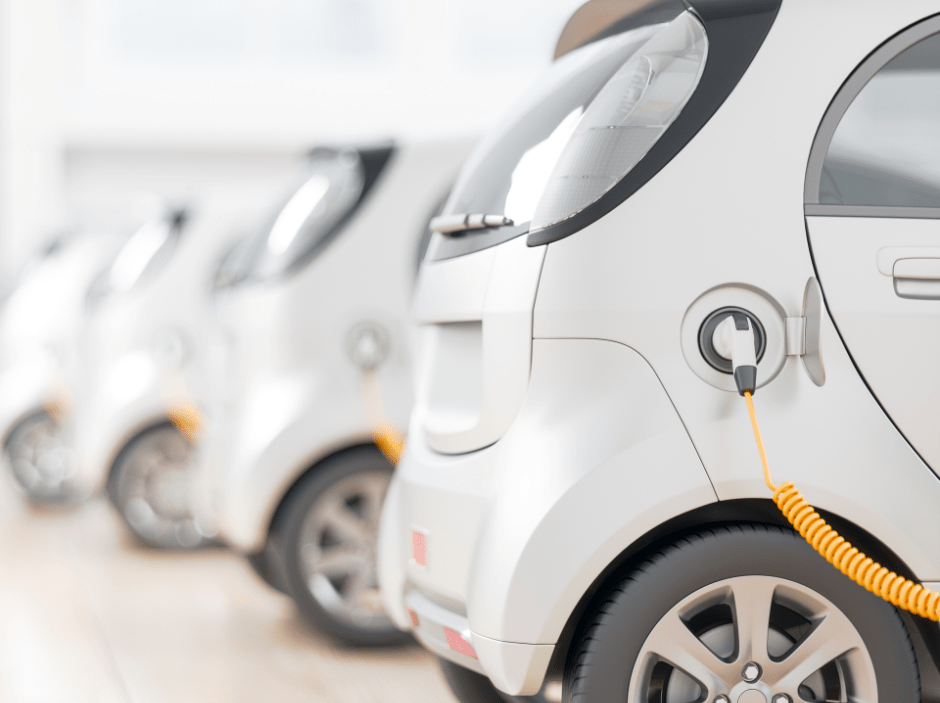
Some employees might not be familiar with EVs, so it’s good to provide some basic information — such as how long it takes to charge, how often it’s needed, and how to use a charging station.
Commute distance
One of the biggest factors influencing whether someone chooses an EV is the length of their commute. Even entry-level EVs today have enough range for most daily commutes, but for those with longer distances, it might still be a concern.
Keep in mind that if many of your employees have long commutes, you may need more charging stations to meet their needs.
Work patterns
Consider how flexible your employees’ schedules are. If they come and go throughout the day, their cars may not have much time to charge. In that case, fast chargers might be a better option to ensure they can top up quickly.

Would they want to have chargers?
It might seem obvious, but asking directly is one of the best ways to understand employee sentiment. This can also reveal their views on sustainability and corporate responsibility.
Research shows that environmental impact plays a big role in employee satisfaction and retention. 71% of workers consider a company’s environmental record when choosing an employer, and employees who feel positively about their company’s impact are more likely to stay for over five years.
How much are they willing to pay for charging?
While it might seem counterintuitive, asking employees about their willingness to pay can help you understand the value they place on workplace charging. It also gives insight into how different pricing models might affect adoption.
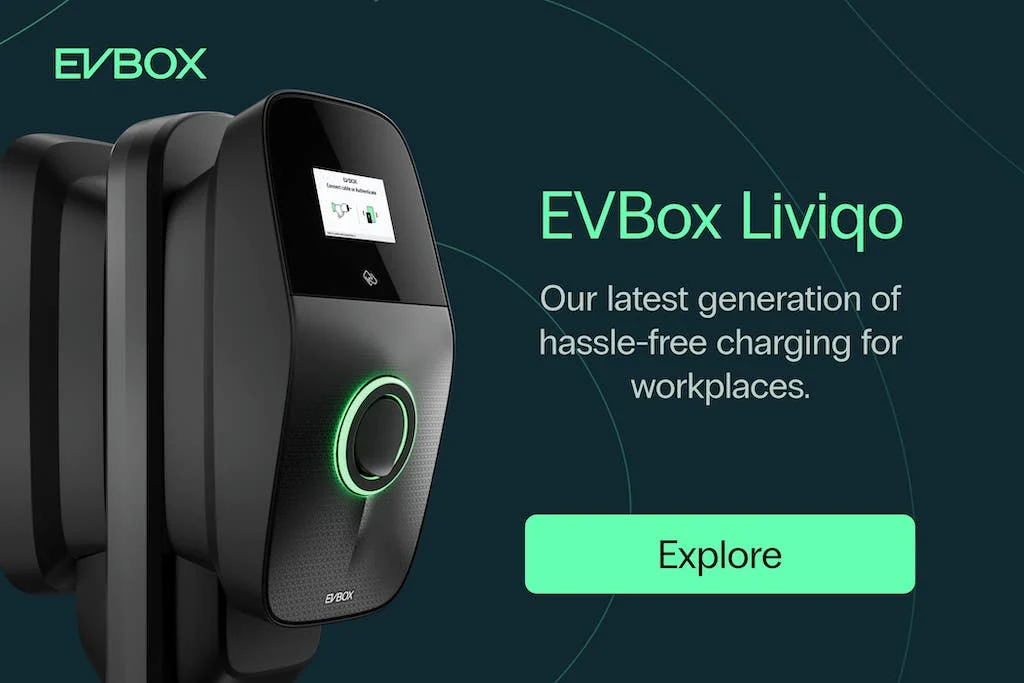
Is it possible for them to install a home charger?
Some employees may not have the option to install a home charger due to living arrangements. In such cases, workplace charging can be a game-changer. If you find that the demand is high but space is limited, you might consider helping them install a home charger instead.
This approach can still meet their needs without the logistical challenges of setting up charging stations at the office.
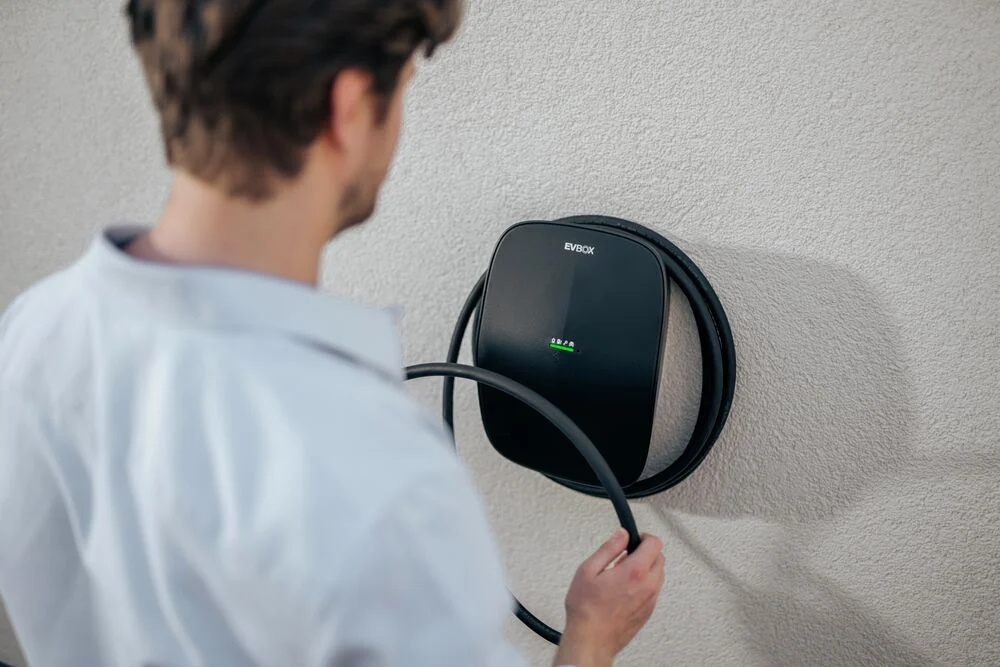
Benefits of workplace EV charging
EV charging can be a powerful tool for supporting your company’s sustainability goals and reducing its carbon footprint. However, before jumping in, it’s crucial to understand the level of demand among your employees.
Of course, your workplace may serve more than just employees — visitors, clients, and the public may also benefit from EV charging. In such cases, it can even become a revenue-generating opportunity.
If you're interested in exploring the possibilities of workplace EV charging, visit our website to learn more about our solutions and how we can help your business transition to a greener future.







